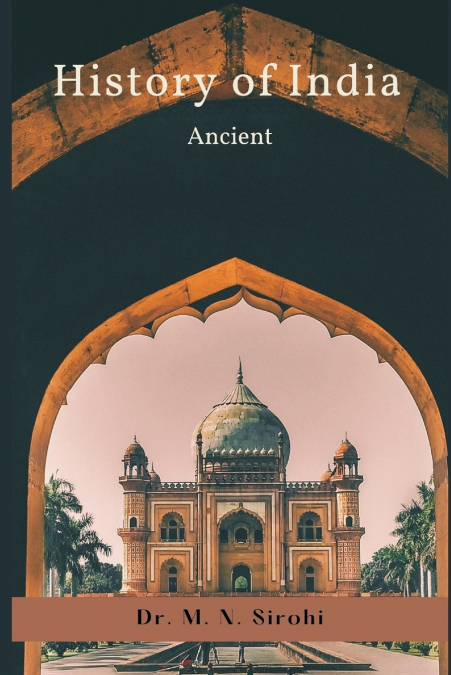
Dr. M. N. Sirohi
Ancient India did not produce historians like Herodotus and Thucydides of Greece or Levy of Rome and Turkish historian Al-beruni. We have a sort of history in the Puranas. Though encyclopedic in contents, the Puranas provide dynastic history up to the beginning of the Gupta rule. The Harappan civilization grew up on the banks of the Indus River. Many recently conducted excavations at Lothal in Gujarat, Bikaner in Rajasthan and Ropar in Punjab have discovered many relics, which are quite similar to the ones of the Indus valley, and this establishes a link that may be the ancient civilization was not only confined to the Indus valley but also extended to the north-western region of the country also. The ruins of the old city give an impression that the city was destroyed as well as rebuilt several times. The inhabitants of the region practised different trades for their economic prosperity out of which agriculture is important. Artistry was also encouraged which is pretty much clear from the excavated seals, statues, ornaments, garments and so on. The History of India begins with the Indus Valley Civilization and the coming of the Aryans. These two phases are generally described as the pre-Vedic and Vedic periods. The earliest literary source that sheds light on India’s past is the Rig Veda. It is difficult to date this work with any accuracy on the basis of tradition and ambiguous astronomical information contained in the hymns. It is most likely that Rig Veda was composed between 1,500 B.C. and 1,000 B.C. In the fifth century, large parts of India were united under Ashoka. This book presents a comprehensive, intelligible and interesting account of Ancient Indian History. It aims at presenting the information in an analytic manner and also in chronological order.